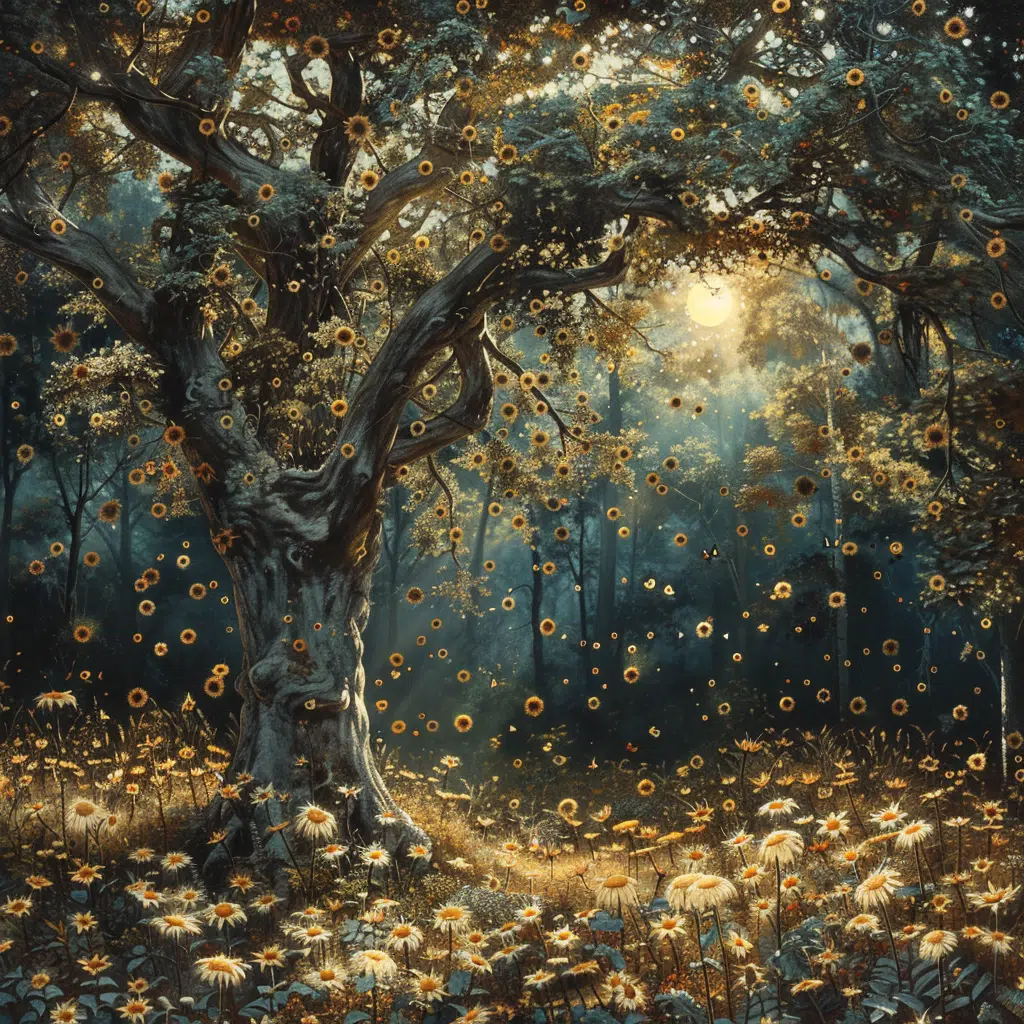Sex. It is not difficult to perform a simple act in many different ways. It is not surprising, once you realize that sexual preferences mirror those of culinary preferences. Everyone likes it in a certain way but is open to trying new techniques. It is essential for human survival. It depends on how you go about it.
Sex can either be simple like a missionary or complex. Many people enjoy BDSM (which stands to Bondage, Discipline Sadism, Masochism), a level of erotic exploration. It is considered to be the next level up from normal sex. However, BDSM itself is a generic term that describes different kinks and comes from different cultures. One of these could include the Japanese bondage, called shibari/kinbaku.
Let’s start by defining the differences between these terms. The Jade Rope highlights the differences between the terms. Shibari (meaning the act or binding of tying or weaving) indicates that “the intent and motivation of the person tying” is aesthetic driven. Kinbaku (meaning tight binding) is used “should a same tie be used for creating a sexually driven scene.” Kinbaku can also be described as requiring an emotion connection or exchange rather than being sexually involved.
Ironically, this art is related to martial arts. The Heian period, which dates back to 800, is the earliest recorded record of Japanese rope-tying. However, it was in the 1400s that a popular technique for capturing enemies on the battlefield became available. Law enforcement invented HojoJutsu in the Edo period (1603-1868). It’s “the act capturing, binding and restraining criminals or suspects with rope.” Although it has been called Torinawajutsu over the years, it is still used today by Japanese police.
As it was used in Japanese erotica as well as kabuki theater, brutality gradually became sensuality. The latter promoted safe and visual aspects of art so that actors didn’t experience pain. It was not until World War II when fetish magazines began to exchange hands… and the rest is history.
There has been a lot of advancement in the art since those seventy-five odd years ago. Many rope masters are known as “nawashi”, or people who are open to sharing their knowledge about the art. Hajime Kinoko, a contemporary nawashi, discusses why rope tying goes beyond sex and power in an interview with Hero Magazine.
“The model who is bound is controlled [by the tier], so there is fear, anxiety, and unease. However, trust emerges when you understand the feelings of your model and tie her with love.
Since its early days as a form of punishment and warfare, it has advanced greatly. Beautiful is the idea of someone reintroducing a harsh practice under the pretense of savagery. This is not always true. However, this message should be extended to all BSDM culture. If this myth is corrected, I believe the world will move towards a more sex-positive outlook.





















